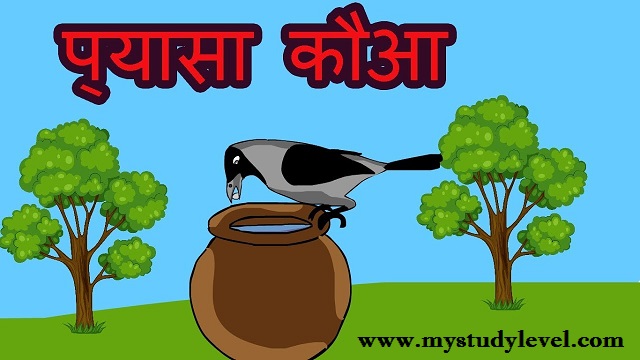Introduction to Joint Hindu Family Business
Another form of business organisation is Joint Hindu Family Business or Undivided Hindu Family However, this form of organisation is prevalent in India only and that too among Hindus as the name itself is indicative. It also does not have any separate and distinct legal entity from that of its members who constitute it. No outsider can be admitted to its folds except in certain circumstances.
Introduction to Joint Hindu Family Business
The membership in this can be acquired only by birth or by marriage to a male person who is already a member of a Joint Hindu Family. One should not confuse Joint Hindu Family with a composite family which is having an origin to an agreement. When two or more families agree t live and work together, throw their resources and labour with joint stock and share profits and the losses together, then this family is known as composite family.

Joint hindu family
The business of Joint Hindu Family is controlled under the Hindu Law instead of Partnership Act. One can avoid becoming a partner of partnership firm or a shareholder of a joint stock company but a Hindu cannot escape from becoming a member of a Joint Hindu Family. It may be broken at one generation, there may be partition bringing it to an end, but in next generation it is automatically in existence.
Introduction to Joint Hindu Family Business
A Joint Hindu Family consists of common ancestor, which is a must to bring a J.H.F. into existence all his male descendants up-to any generation along with their wives and unmarried daughters. The death of a common ancestor does not bring the Joint Hindu Family to an end. It continues till perpetuity, as upper links are removed by death and lower ones are added by birth.
All the affairs of the Joint Hindu Family are controlled and managed by one person who i known as ‘Karta’ or ‘Manager’. He is having a very unique position which no other office of any organisation in the world is having.
He works in consolation with other members of the family but ultimately he has a final say. The liability of ‘Karta’ is unlimited but the liability of other members is limited to their shares in the business. According to Hindu Law, the senior most male member of the family is “Karta’ by virtue of his position in the family. However, there can be a deviation from this and a junior male member can be a ‘Karta’ provided all coparceners agree to it.
Introduction to Joint Hindu Family Business
Karta’s powers are almost unlimited. He acts on behalf of the other members of the family but is not like a partner. Neither he is accountable to anyone nor he is to prepare accounts. No one can ask what was the income and what was the expenditure. He is the great of the grand show.
On the basis of the schools of Hindu Law, Joint Hindu Family is considered under two heads

Joint hindu family
(1) Mitakshara (2) Dayabhaga
Dayabhaga is prevalent in Bengal and Assam, whereas in the rest of India, it is Mitakshara Mitakshara is applicable even in Bengal and Assam on the points where Dayabhaga is silent. Mitakshara joint family and Dayabhaga joint family differ from each other to a great extent.
Introduction to Joint Hindu Family Business
Mitakshara says of son’s right by birth in the joint family property. This means, when a born in family, he acquires an interest in the property jointly held by the family. The interests of all son is sons are equal. The joint family property devolves by survivorship, meaning thereby it will go to one who lives longer than others.
Introduction to Joint Hindu Family Business
In this type of Joint Hindu Family there is community of ownership and unity of possession. Before partition, share of anyone is not specified. It is fluctuating with the deaths and births in the family e.g. suppose in a fam family of eight members having 120 acres of f land and two members are born before the stage of partition, each will get 12 acres of land and if in the same family two deaths take place before the stage of partition then each member will get 20 acres of land.
Introduction to Joint Hindu Family Business
However, in Dayabhaga Joint Hindu Family the concept of birth right is unknown and the property devolves by inheritance. The shares of the coparceners is specified and not fluctuating as in the case of Mitakshara Joint Hindu Family.
In Mitakshara Joint Hindu Family, property cannot be alienated either by father or by any other coparcener ordinarily. In Dayabhaga Joint Hindu Family there is no such restriction and every coparcener can alienate upto his own undivided share in the joint family property.
Under the old Hindu Law, female was not entitled to any share in the property. But with the passage of Hindu Succession Act of 1956 even females have been included in the list of persons who acquire share in succession.
It is also desirable to understand that coparcener and member of Joint Hindu Family are two separate words. A person who is a coparcener is always a member of Joint Hindu Family but it is not so when the case is vice-versa. Coparcenery is a smaller body within a joint family and is consisting of father, son, son’s son and son’s son’s son. It is only upto three male lineal descendants whereas joint family can be upto any extent. The members constituting coparcenery are coparceners which are different from the members of joint family.
Introduction to Joint Hindu Family Business

Joint hindu family
Introduction to Joint Hindu Family Business













Leave a Reply